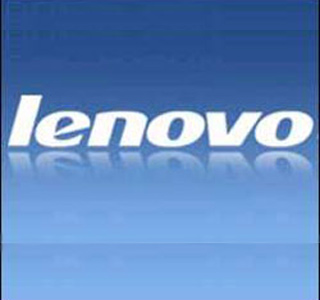 The EMEA server market seems unable to regain its footing. Following several consecutive quarters of lacklustre results, the negative trend seems set to continue, according to the latest IDC figures.
The EMEA server market seems unable to regain its footing. Following several consecutive quarters of lacklustre results, the negative trend seems set to continue, according to the latest IDC figures.
Revenue dropped 10.5 percent in the first quarter of 2013 year-on-year. Shipments also dropped by 5.7 percent, to 520,000 units. This is the sixth quarter in the red and the market has been contracting since the fourth quarter of 2011.
IDC EMEA Enterprise Server Group research manager Giorgio Nebuloni said yearly revenue declined by more than 40 percent.
“Part of the spending intended to keep core business applications running is now absorbed by new integrated system offerings combining x86 and lower-end RISC/EPIC blades with storage and networking back-ends,” Nebuloni said.
The non-x86 market was especially hard hit, with a revenue decline of 34.8 percent. Revenues generated by x86 server dropped by 1.5 percent. Demand for x86 servers in developed European economies is flat, while demand for non-x86 gear is plummeting.
“RISC sales were particularly hit, down by 49.8% year on year, whereas mainframe revenue suffered single-digit declines of 4.8%” said IDC EMEA Enterprise Server Group senior research analyst Beatriz Valle. “Big organisations in the corporate space and government are consolidating existing infrastructure using high-end x86 servers, with demand for legacy architectures at an all time low.”
Demand is evaporating in the CEMA region as well, with a third consecutive drop in the first quarter. Shipments were down 9.7 percent, although some positive trends were seen in Poland, Hungary and the Czech Republic.
Meanwhile the share of modular server shipments increased from 19.9 percent to 22.7 percent in the first quarter of the year. The growth was driven by the increasing popularity of density optimised servers in the HPC area.
 Intel’s data centre revenue from enterprise and government customers took a major hit in the third quarter, dropping by 47 percent year on year.
Intel’s data centre revenue from enterprise and government customers took a major hit in the third quarter, dropping by 47 percent year on year.







